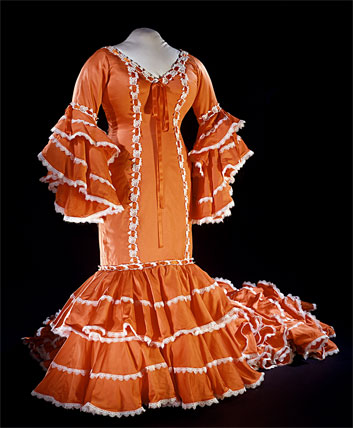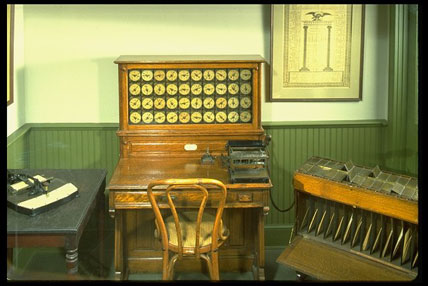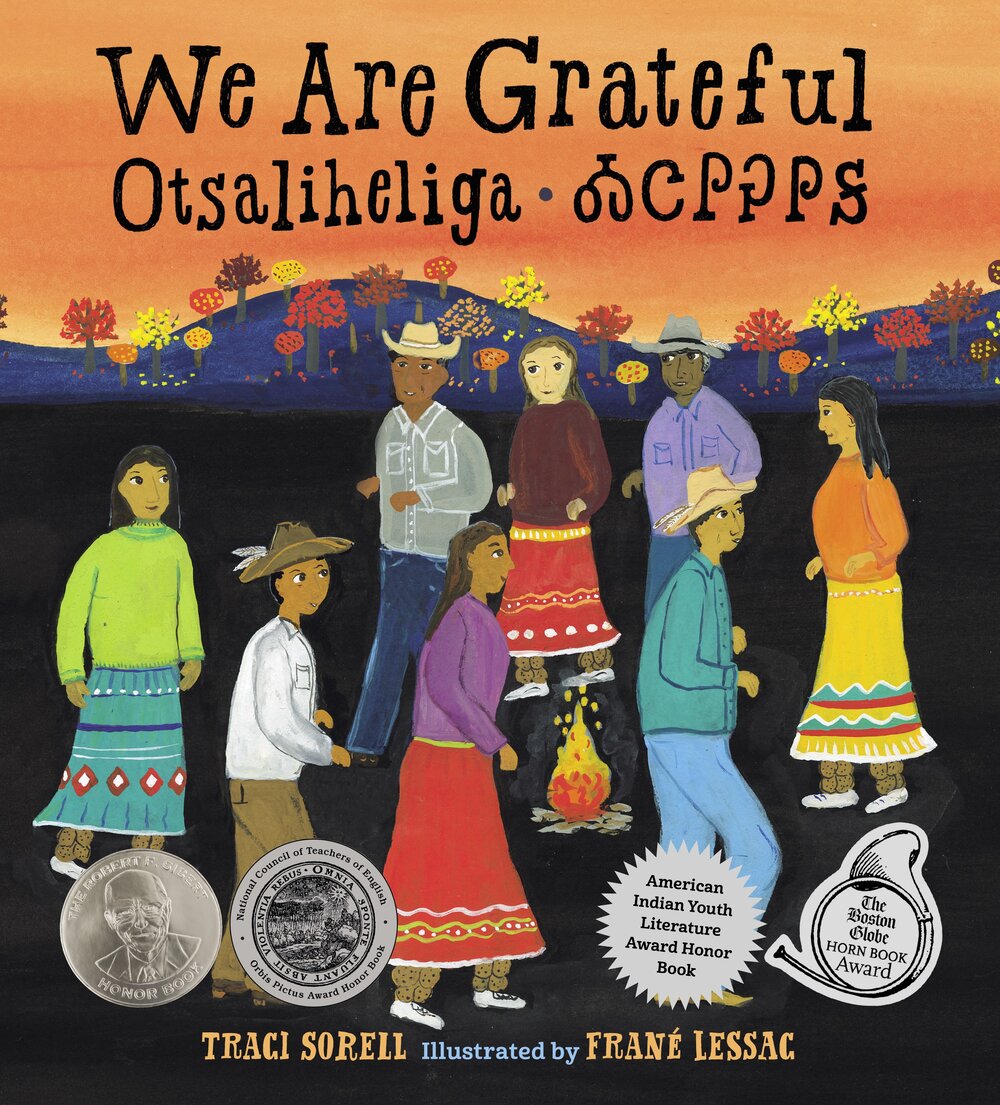As COVID-19 deaths spiked in 2020, Suzanne Firstenberg’s public art installation "In America: How could this happen…"
History Explorer Results (1131)
Related Books (350)

Grade Range:
K-12
Resource Type(s):
Lessons & Activities
Date Posted:
2/15/2017
Working with a teacher, students will recreate some of the electrical experiments originally performed by Benjamin Franklin between 1746 and 1754. These hands-on experiments highlight Franklin’s innovative contributions to science and government. Visitors will experience static electricity and

Grade Range:
K-12
Resource Type(s):
Artifacts
Date Posted:
4/16/2018
The glass ballot jar became a symbol of democratic self-government. This 1884 glass ballot jar is typical of the transparent devices used to secure paper ballots.

Grade Range:
K-12
Resource Type(s):
Artifacts, Primary Sources
Date Posted:
9/3/2020
A U.S. Border Patrol official reviews a bracero's documents while others wait in line to be processed at the Hidalgo Processing Center, Texas.

Grade Range:
K-12
Resource Type(s):
Artifacts
Date Posted:
12/30/2020
Some girls made history by simply going to school and claiming their right to belong. Minnijean Brown is one of those girls. In 1957, she and eight classmates integrated the all-white Central High School in Little Rock, Arkansas, during the civil rights movement. White students physically and verbal

Grade Range:
K-12
Resource Type(s):
Artifacts, Primary Sources
Date Posted:
1/29/2009
Arthur Ashe (1943-1993) bought this Head tennis racket in 1975 and used it in competitions including Wimbledon and the Davis Cup. When he began his career in 1955, he was challenged by racial prejudice. But the young man from Richmond. Virginia, broke down these barriers, becoming a Grand Slam to

Grade Range:
K-12
Resource Type(s):
Artifacts, Primary Sources
Date Posted:
9/20/2009
Mariachis, groups comprised of vocalists, trumpeters, violinists, and various bass and guitar players, are today considered Mexico's traditional musical ensemble. Originally from the state of Jalisco, mariachi music transformed itself from a regional to a national music between the 1930s and 1950

Grade Range:
K-12
Resource Type(s):
Artifacts, Primary Sources
Date Posted:
12/18/2008
This is a Bata Cubana, or Cuban Rumba dress, donated to the Smithsonian by Celia Cruz, the great Cuban salsa singer in 1997. An adaptation of the traditional Cuban rumba dress, it was made in the United States by Cuban-born designer José Arteaga. The Bata Cubana has its roots in the 19th century

Grade Range:
K-12
Resource Type(s):
Artifacts, Primary Sources
Date Posted:
11/10/2008
The ENIAC was a large, general-purpose digital computer built to compute ballistics tables for U.S. Army artillery during World War II. Occupying a room 30 feet by 50 feet, ENIAC—the Electrical Numerical Integrator and Computer—weighed 30 tons and used some 18,000 vacuum tubes. It could compu

Grade Range:
K-12
Resource Type(s):
Artifacts, Primary Sources
Date Posted:
8/23/2010
On February 1, 1960, four African American college students--Ezell A. Blair, Jr. (now Jibreel Khazan), Franklin E. McCain, Joseph A. McNeil, and David L. Richmond--sat down at this "whites only" lunch counter at the Woolworth's store in Greensboro, North Carolina, and politely asked for service.

Grade Range:
K-12
Resource Type(s):
Artifacts, Primary Sources
Date Posted:
3/9/2009
During the 1880s, the engineer Herman Hollerith devised a set of machines for compiling data from the United States Census. Hollerith's tabulating system included a punch for entering data about each person onto a blank card, a tabulator for reading the cards and summing up information, and a sor



















